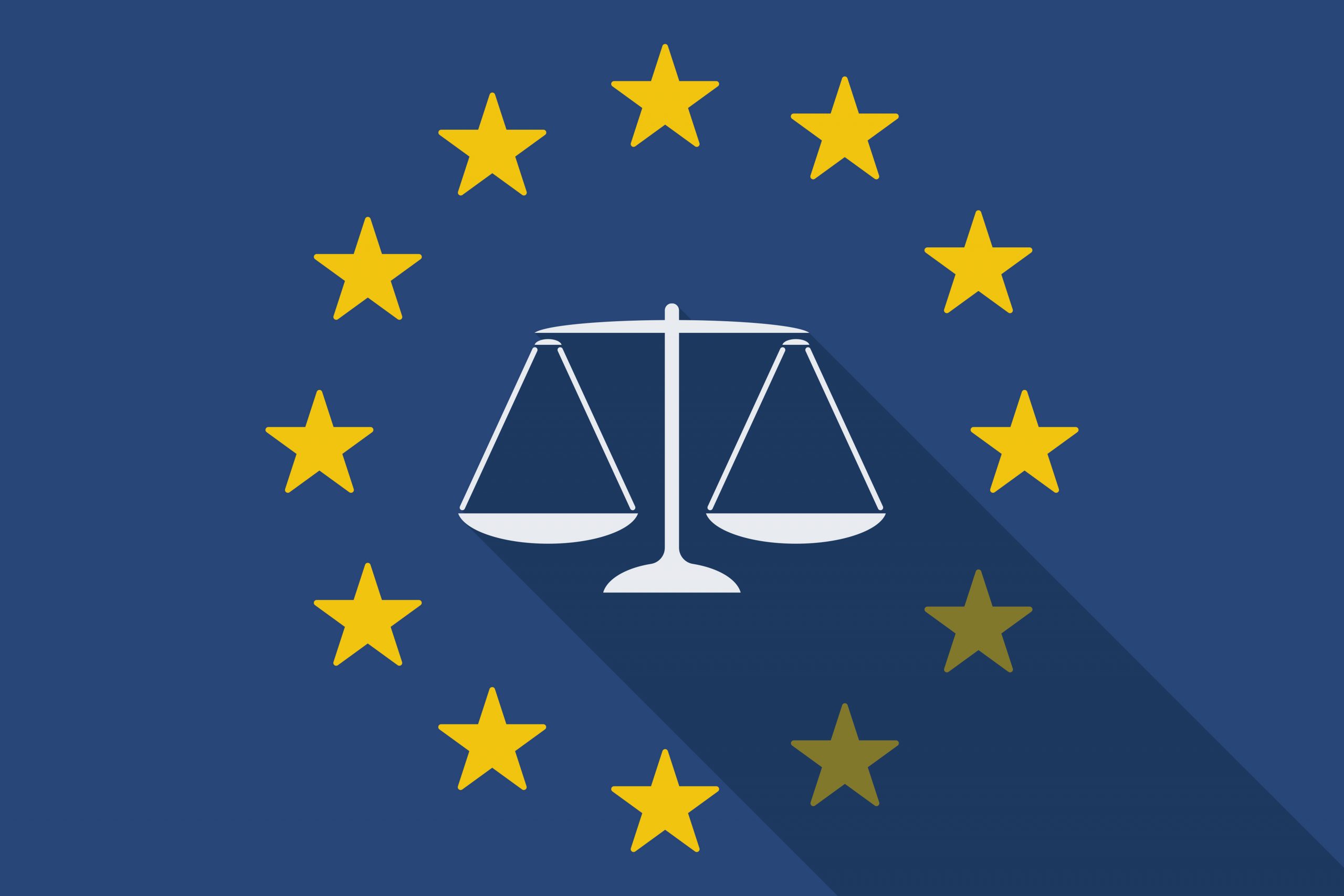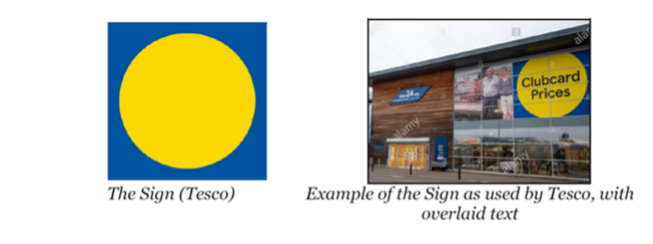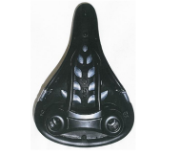“The revision of the Designs Directive and Regulation…will introduce a ‘repair clause’ into the directive, excluding from protection replacement parts for a complex product that are used to restore its original appearance for repair purposes and if the replacement part looks exactly like the original piece.”
 The most significant development in IP in Europe in 2023—indeed arguably the most significant in nearly 30 years—was the launch of the Unitary Patent and Unified Patent Court on June 1. The full implications of this are explored here.
The most significant development in IP in Europe in 2023—indeed arguably the most significant in nearly 30 years—was the launch of the Unitary Patent and Unified Patent Court on June 1. The full implications of this are explored here.
Beyond the UP and UPC, however, there were a number of. important developments in Europe affecting all the main IP rights.
Patents
Priority entitlement: In an important decision in October, the European Patent Office (EPO) Enlarged Board of Appeal concluded that the EPO is competent to assess priority entitlement. (Consolidated Cases G 1/22 and G 2/22.)
It also found that there is a rebuttable presumption that an applicant claiming priority in accordance with the formal requirements under the European Patent Convention is entitled to do so. The Board added: “The rebuttable presumption also applies in situations where the European patent application derives from a PCT application and/or where the priority applicant(s) are not identical with the subsequent applicant(s).”
Plausibility: Decision G 2/21 of the EPO Enlarged Board of Appeal concerned reliance on a purported technical effect for inventive step. The Board ruled that evidence submitted to prove a technical effect relied upon for acknowledgement of inventive step “may not be disregarded solely on the ground that such evidence, on which the effect rests, had not been public before the filing date of the patent in suit and was filed after that date.”
It added: “A patent applicant or proprietor may rely upon a technical effect for inventive step if the skilled person, having the common general knowledge in mind, and based on the application as originally filed, would derive said effect as being encompassed by the technical teaching and embodied by the same originally disclosed invention.”
FRAND: In the UK, several cases concerning the setting of license terms in FRAND cases are working their way through the courts. In March, Lenovo was ordered to pay InterDigital a lump sum of $138.7 million for a global FRAND license covering sales of its 3G, 4G and 5G cellular devices from 2007 to December 31 2023. (Interdigital Technology Corporation & Ors v Lenovo Group Ltd) [2023] EWHC 539 (Pat).)
In June, Apple was ordered to pay Optis a total of $56.43 million plus interest for a worldwide license to Optis’s portfolio of 4G standard essential patents. The judgment followed findings of patent infringement at first instance and/or appeal. The judge rejected the claims of hold-up and hold-out made by each party. (Optis v Apple [2023] EWHC 1095 (Ch).)
Neural network: Also in the UK, the High Court upheld an appeal against a UKIPO decision that an artificial neural network (ANN) was excluded from patent protection. (Emotional Perception AI Ltd v Comptroller-General of Patents, Designs and Trade Marks [2023] EWHC 2948 (Ch).)
The patent application claimed an improved system for providing media file recommendations, for example for music websites. The judge concluded that the ANN was a computer but the emulated ANN was not a program for a computer: “It seems to me that it is appropriate to look at the emulated ANN as, in substance, operating at a different level (albeit metaphorically) from the underlying software on the computer, and it is operating in the same way as the hardware ANN. If the latter is not operating a program then neither is the emulation.”
The judge also found there was in any case a “technical contribution” in the patent: specifically, he found that the output was of a file that would not otherwise be selected, which fulfilled the technical effect requirement.
DABUS: One of the most eagerly awaited patent rulings in the UK was the UK Supreme Court’s judgment in the Thaler case concerning inventions made by the DABUS AI machine. The Court’s judgment was handed down December 20 and, rather predictably, upheld the lower courts’ view that DABUS, cannot be granted patents for inventions it autonomously created. While the Supreme Court suggested that questions such as whether inventions like DABUS’ should be patentable and if the meaning of the term “inventor” should be expanded are important ones that should be considered at a policy level, the present case was concerned solely with the interpretation of the present law, which clearly does not contemplate non-human inventors.
Trademarks and Designs
EUIPO: João Negrão became EUIPO Executive Director on October. 1 The Portuguese national was formerly President of the Boards of Appeal and succeeded Christian Archambeau. He was appointed for a five-year term. EUIPO has also set up a Mediation Center for disputes relating to proceedings before the Office.
Counterclaims: A counterclaim for a declaration of invalidity of an EU trade mark (EUTM) may relate to all the rights that the proprietor of that mark derives from its registration; the subject matter of that counterclaim is not restricted by the scope of the action for infringement, the EU Court of Justice (CJEU) ruled in a case concerning an EUTM for Multiselect, in which a counterclaim for invalidity concerned goods and services other than those in the infringement action. (Case C-654/21 LM v KP [ECLI:EU:C:023:462].)
 Lidl v Tesco: In the UK, popular retailer Lidl succeeded in its trademark infringement, passing off and copyright claims against rival supermarket Tesco. (Lidl Great Britain Ltd & Anor v Tesco Stores Ltd & Anor [2023] EWHC 873 (Ch).)
Lidl v Tesco: In the UK, popular retailer Lidl succeeded in its trademark infringement, passing off and copyright claims against rival supermarket Tesco. (Lidl Great Britain Ltd & Anor v Tesco Stores Ltd & Anor [2023] EWHC 873 (Ch).)
Lidl owns UK trade mark registrations for its blue-and-yellow logo  both with and without text. It sued Tesco over its use of signs on a yellow circle against a blue square. The judge, Mrs Justice Joanna Smith DBE, said she was satisfied that the average consumer seeing the signs as a whole would perceive them as similar: “The visual similarity is here the significant feature and, whilst I accept that the text represents an important point of difference, nonetheless I do not consider that it has the effect of extinguishing the strong impression of similarity conveyed by their backgrounds in the form of the yellow circle, sitting in the middle of the blue square.”
both with and without text. It sued Tesco over its use of signs on a yellow circle against a blue square. The judge, Mrs Justice Joanna Smith DBE, said she was satisfied that the average consumer seeing the signs as a whole would perceive them as similar: “The visual similarity is here the significant feature and, whilst I accept that the text represents an important point of difference, nonetheless I do not consider that it has the effect of extinguishing the strong impression of similarity conveyed by their backgrounds in the form of the yellow circle, sitting in the middle of the blue square.”
Component parts of complex products: The CJEU ruled that the ‘visibility’ requirement in the Designs Directive “must be assessed in the light of a situation of normal use of that complex product, so that the component part concerned, once it has been incorporated into that product, remains visible during such use.” (Case C-472/21 Monz Handelsgesellschaft International mbH & Co. KG v Büchel GmbH & Co. Fahrzeugtechnik KG [ECLI:EU:C:2023:105].)
 The Court added:
The Court added:
“To that end, the visibility of a component part of a complex product during its ‘normal use’ by the end user must be assessed from the perspective of that user as well as from the perspective of an external observer, and that normal use must cover acts performed during the principal use of a complex product as well as acts which must customarily be carried out by the end user in connection with such use, with the exception of maintenance, servicing and repair work.”
The case concerns a registered design for a bike saddle (pictured right).
Design reform: EU legislators have reached agreement on the revision of the Designs Directive and Regulation. The major reform will update many aspects of design law in Europe. In particular, it will introduce a “repair clause” into the directive, excluding from protection replacement parts for a complex product that are used to restore its original appearance for repair purposes and if the replacement part looks exactly like the original piece. There will be an eight-year transition period for the repair clause.
Copyright and Other Developments
Background music: In April, the CJEU ruled that broadcasting a musical work as background music in a means of passenger transport constituted “a communication to the public.” (Joined Cases C?775/21 and C?826/21 Blue Air Aviation SA v UCMR – ADA Asocia?ia pentru Drepturi de Autor a Compozitorilor and Uniunea Produc?torilor de Fonograme din România v Societatea Na?ional? de Transport Feroviar de C?l?tori ‘CFR C?l?tori’ SA [ECLI:EU:2023:307].)
But it added that “the installation, on board a means of transport, of sound equipment, and, where appropriate, of software enabling the broadcasting of background music, does not constitute a communication to the public within the meaning of those provisions” (emphasis added).
Bitcoin: In January, a substantial trial is scheduled in the High Court in London regarding Dr Craig Wright’s claim to be the inventor of Bitcoin (Satoshi Nakamoto). In July this year, the England and Wales Court of Appeal ruled that Dr Wright’s claim concerning copyright infringement of the Bitcoin File Format could proceed, as it did meet the fixation requirement. (Wright & Ors v BTC Core & Ors (Rev1) [2023] EWCA Civ 868.)
Geographical indications: A new EU regulation on geographical indications for craft and industrial products (non-agri GIs) came into force on November 16. The regulation aims to provide GI protection for products such as pottery, glassware, lace, and cutlery that are linked to a particular location.
EU AI Act: On December 9, the European Parliament and Council provisionally agreed the AI Act, to regulate AI systems. Among other things, the draft Act requires that general purpose AI systems must comply with EU copyright law and must provide detailed information about content used for training. The Act is likely to be finalized next year.

![[IPWatchdog Logo]](https://ipwatchdog.com/wp-content/themes/IPWatchdog%20-%202023/assets/images/temp/logo-small@2x.png)

![[Advertisement]](https://ipwatchdog.com/wp-content/uploads/2024/04/UnitedLex-May-2-2024-sidebar-700x500-1.jpg)
![[Advertisement]](https://ipwatchdog.com/wp-content/uploads/2024/04/Artificial-Intelligence-2024-REPLAY-sidebar-700x500-corrected.jpg)
![[Advertisement]](https://ipwatchdog.com/wp-content/uploads/2024/04/Patent-Litigation-Masters-2024-sidebar-700x500-1.jpg)

![[Advertisement]](https://ipwatchdog.com/wp-content/uploads/2021/12/WEBINAR-336-x-280-px.png)
![[Advertisement]](https://ipwatchdog.com/wp-content/uploads/2021/12/2021-Patent-Practice-on-Demand-recorded-Feb-2021-336-x-280.jpg)
![[Advertisement]](https://ipwatchdog.com/wp-content/uploads/2021/12/Ad-4-The-Invent-Patent-System™.png)






Join the Discussion
One comment so far.
Anon
December 27, 2023 02:20 pmHmm, need some input from my Euro-knowledgeable folks, but the Repair Clause that extends beyond the protection of an individual item and INSTEAD takes a larger “complex system” (“complex” appearing to be an undefined term), seems to wipe out the protection of the smaller actual item.
Wouldn’t any “larger complex system” view ONLY be obtainable for protections that apply ONLY to such “larger complex systems?”
On its face, this seems eminently UNfair.